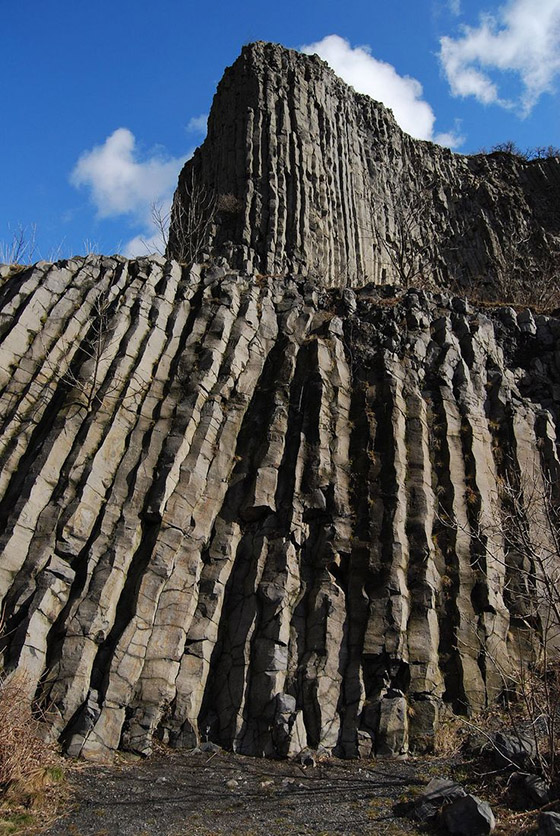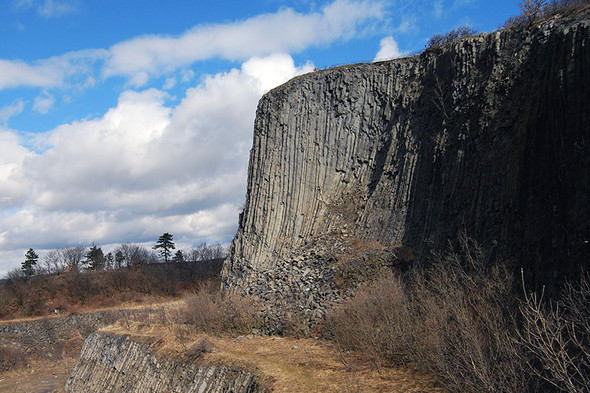Why am I beginning immediately with a short quote from Béla Hamvas’s well-known essay? Maybe it’s because Hamvas was a lover of the Balaton, but for me he was also a relative of Józséf Egry, the artist we honour as the painter of light and who saw, and made others see, this light in all its nuance and diversity in the Balaton, the artist who depicted Badacsony like this and the lake in front of it, as we all see it and yet as none of us have ever seen it. Hamvas himself also dwelt upon wines born of the meeting of the water and hills the most, most probably because he was best able to relax, mediate and muse over the fate of the world in such places. He wrote of Badacsony, “it’s like a famous artist”; I would just like to add that maybe it’s because he was thinking about Egry at the time.
All this is of course mere speculation, because although it’s a heart-warming feeling to glorify God through a glass of wine, there’s also another side to the coin. Namely, that wine is a food product that can be bought for money in shops, its aim however, in the best case, is not delectation, rather to quench thirst, or perhaps to aid digestion. But, who thinks or can think of such things if they have a glass of golden Olaszrizling produced on the side of Badacsony’s basalt cone in their glass? These wines are purveyors of the hill’s ancient volcanic past, the sunlight and the lake, the fire and the water, autumn’s honeyed flavours and the scent of meadow flowers at the summer’s end. I can’t help it, it also adheres itself to me and makes me philosophise.

Of course, many things have changed since Hamvas. Holiday homes now decorate the hillsides along its shores instead of vines, the change in property construction and the subsequent price changes have however also removed the possibility for things to ever return to a state of equilibrium. What can we do about this though? For me, it is clear we need to save what’s left so that our grandchildren can also still see vines on the shores of the Balaton. Fortunately, it will not depend on the winemakers; they are doing everything they can. Principally in the vineyard, but – and there are more and more examples – above and beyond that too. Wine is also building communities, it brings repair of the roads, renovation of crumbling press-houses, the appearance of quality restaurants and ultimately elevates the entire region to an increasingly higher level. Wine conserves; it will ensure that young people do not flee abroad, and not even to the capital, but will remain at home, plant walnut trees and cultivate vines. Wine is the key to the future.
So, what can we, mere mortals, who just hold onto the stem of our wineglasses as consumers and gaze longingly at the orderly rows during our daily drive? The answer is simpler than you think. Let’s all head off and visit Badacsony, or of course anywhere else where vines grow and wine is ageing in the depth of the cellars! There’s nothing more enjoyable for a winemaker than when visitors arrive because of their wine, if they see that having worked all year to produce it, others like it too. Badacsony is ready for visitors: there’s a modern hotel and a refurbished hundred-year-old press-house, guest house and campsite, and a beach and indoor pool. However, if you do come here, then you shouldn’t miss Jozséf Egry’s wonderful museum, where everyone can re-create their own Badacsony and Egry universe. And if you’re already in Badacsony, pour some wine into your glass and pay tribute to Béla Hamvas’s wonderful idea:
In the end, only two will remain, God and wine.
Borbély family winery, Bács-hegy Olaszrizling 2013 I 88 points
Straw yellow in colour, which in time will certainly turn to gold. On the nose, of course Badacsony itself, the summer breeze, herbs and fruit from the hillside. On the finish, a touch of salt deriving from the volcanic soil. Potential for long ageing, a marvellous wine.
Photos by Petr Brož






